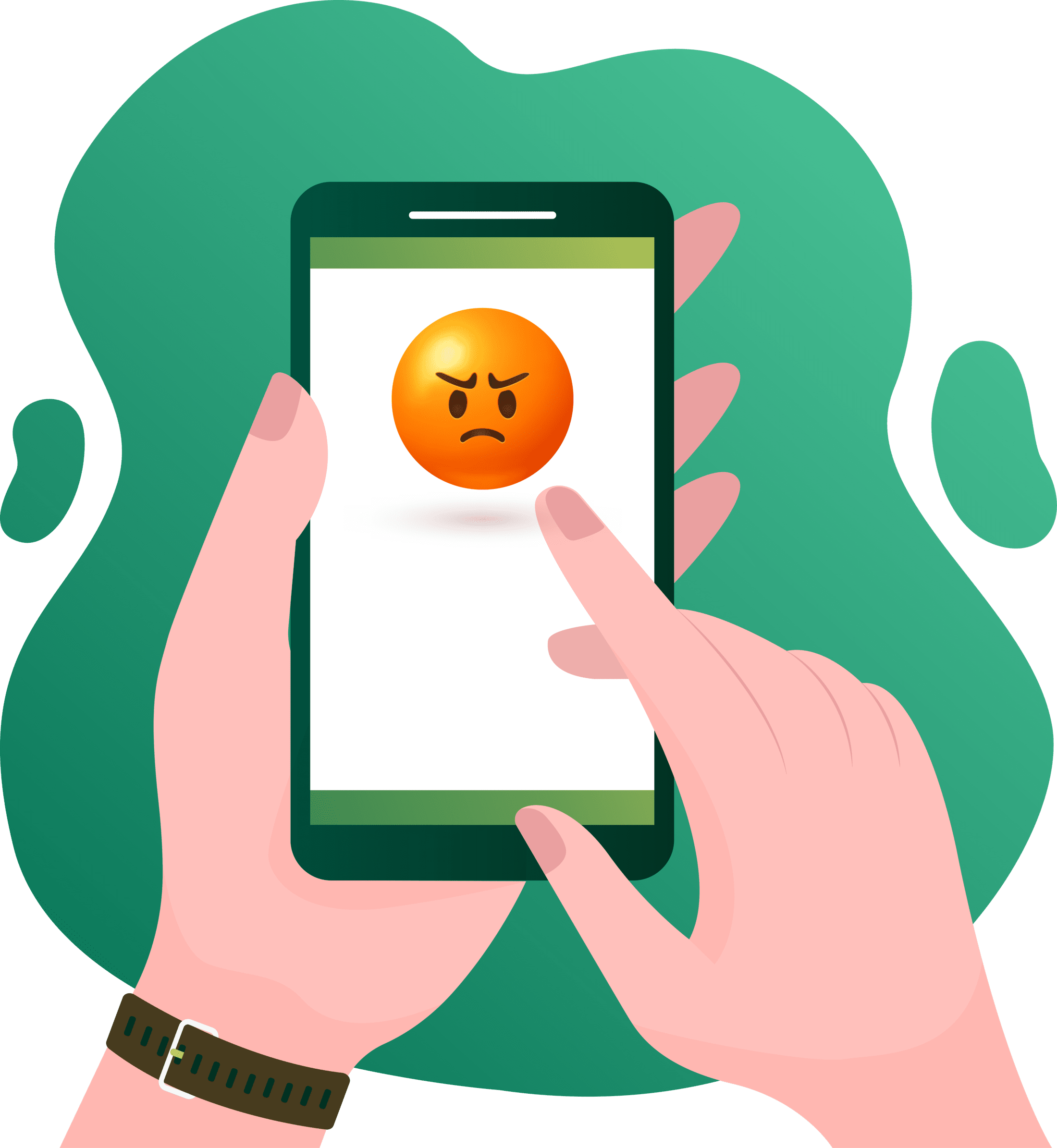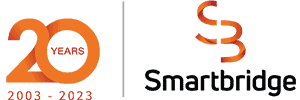Tips for Developing a Better Mobile App Business Strategy
I recently worked on an IT strategy project for a company that had introduced a few mobile apps from reputable vendors. One in particular was a time capture app that was to eliminate the time entry paper sheets, delivery of those sheets to the office nightly and the manual entry into their ERP system. Sounds pretty efficient. Right?
When I began working on this IT strategy project, I needed to understand the challenges faced by the different levels of the organization, as well as their wishes for the future state. During these interviews, I came across a very common problem that everyone seems to be very frustrated with. It was an issue of capturing labor work hours on project, which all began with lacking an efficient mobile app business strategy.
Practically everyone said that the supervisors in the field were not completing and turning in the timesheets for timely payroll processing. The problem was widespread and was getting worse. These delays required the payroll clerks to work overtime, print off-cycle checks and keep track of the missing timesheets.
The project management group also complained the same. They were unable to create reports about the project status as the hours consumed are not updated in time. Similar stories came from HR, and even employees who now had to go to the office to pick up their off-cycle checks.
Examining the Mobile App Business Strategy
So I decided to talk to a couple of those supervisors to understand what is going on and find the potential root causes. I was informed about the above-mentioned time capture mobile app and being a mobility nerd, I was really curious. I asked the supervisors about their day and specifically about the timesheet process. They said that it used to be the workers would show up, sign on a timesheet, go to work, sign out and the sheets will get sent to the office for processing.
However, now that they are required to use the mobile app, which only the supervisor had access to, the workers are still signing in and out on the paper timesheets. At the end of the day, the supervisor would go to his trailer, pull up each and every worker on their mobile phone, enter the check in and check out times, save and then select the next worker. Given, they had around 80 to 100 workers reporting to them, this would take an hour or more to complete. Often, there were higher project priorities, causing them to either fall behind or get late.

I could see the frustration in their eyes. They are doing their best for something that is obviously not a good use of their time, and everyone down the line is upset with them for being late. The corporate office has taken the job of a few experienced data entry clerks and handed it out to hundreds of supervisors who are not good at it. So the mobile app added to the depth of the problem instead of becoming the solution.
Finding a Better Strategy & Solution
When an old, established, albeit inefficient process is changed without giving thought to the end goal and the potential disruptions that the change may cause, the outcome could be worse than before. In this case, the intent was to capture time on a mobile device, which will interface with the ERP system for an efficient and more accurate payroll processing. What did happen is the supervisors are spending hours every day entering time that was already entered on paper timesheets (so the paper still exists), the inaccuracies of the timesheets continue to cause payroll errors and the original issue of cutting off-cycle checks still occurs.
Therefore, when a mobile app business strategy, following the golden principles of lean six sigma, it is critical to identify all actors and the steps they take to identify waste. However, when it comes to mobility, there is more to it than eliminating waste. The goal of mobility should not be limited to just improve the current process, but rather to look at the end goal, or the business reason for having this process, and then develop a whole new interface that will transform the user experience.
I call it, “thought transformed”.
So now instead of having an old process with shiny new phones, you are introducing a whole new experience that transforms the whole “Capture to Consume” process!
Looking for more on mobility?
Explore more insights and expertise at smartbridge.com/modernization
There’s more to explore at Smartbridge.com!
Sign up to be notified when we publish articles, news, videos and more!
Other ways to
follow us:

